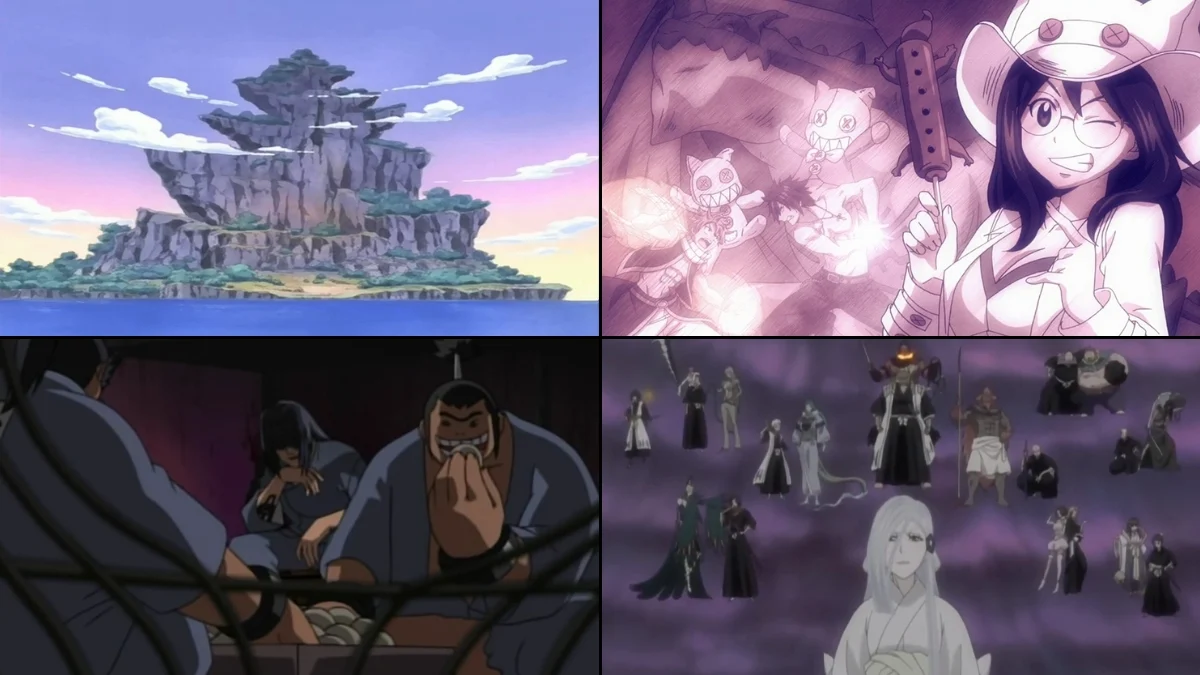
As a longtime anime fan, I’ve definitely noticed a pattern: those ‘filler’ arcs. They pop up a lot, and usually for practical reasons – giving the original manga artist time to get further ahead, or to promote a game or movie tie-in. Basically, they’re stories the anime creates that aren’t directly from the manga. They usually focus on our favorite characters, but in smaller, self-contained adventures, and sometimes they’ll even throw in new locations or bad guys. I decided to put together a guide to twenty of these arcs from popular shows, outlining which episodes they cover, where they fit into the overall series timeline, and what they were originally meant to accomplish when they aired.
‘Naruto’ (2002–2007) – Land of Tea Escort Mission

Episodes 102 to 106 of ‘Naruto’ feature an original story arc not found in the manga. This sends Team 7 to the Land of Tea to guard a racer in an important competition, and introduces characters like Idate Morino who are unique to the anime. Airing after the ‘Search for Tsunade’ arc, this storyline served as a break before the show began adapting material directly from the manga. It was the beginning of a lengthy period where the anime included stories and characters not present in the original manga.
‘Naruto’ (2002–2007) – Mizuki Tracking Mission

This storyline in ‘Naruto’ (episodes 142-147) brings back Mizuki, the instructor who betrayed the Hidden Leaf Village in the very first episode. The plot centers on Naruto and Iruka chasing Mizuki after he breaks out of prison, revealing more about his past and the connections he made specifically for the anime series. It aired as part of a longer stretch of filler episodes after the Sasuke Retrieval Arc, giving new missions to the rookie ninja while the main story continued in the manga.
‘Naruto’ (2002–2007) – Bikōchū Search Mission

The ‘Bikōchū Search Mission’ comprises episodes 148 to 151 of the ‘Naruto’ series. In these episodes, Team 8 searches for a unique insect that can locate people by their scent – a skill used to find Sasuke. This beetle and its related abilities were created specifically for the anime and weren’t part of the original manga. These episodes aired during a longer stretch of filler content, focusing on tracking and survival skills in a forest setting between key story arcs.
‘Naruto’ (2002–2007) – Kurosuki Family Removal Mission
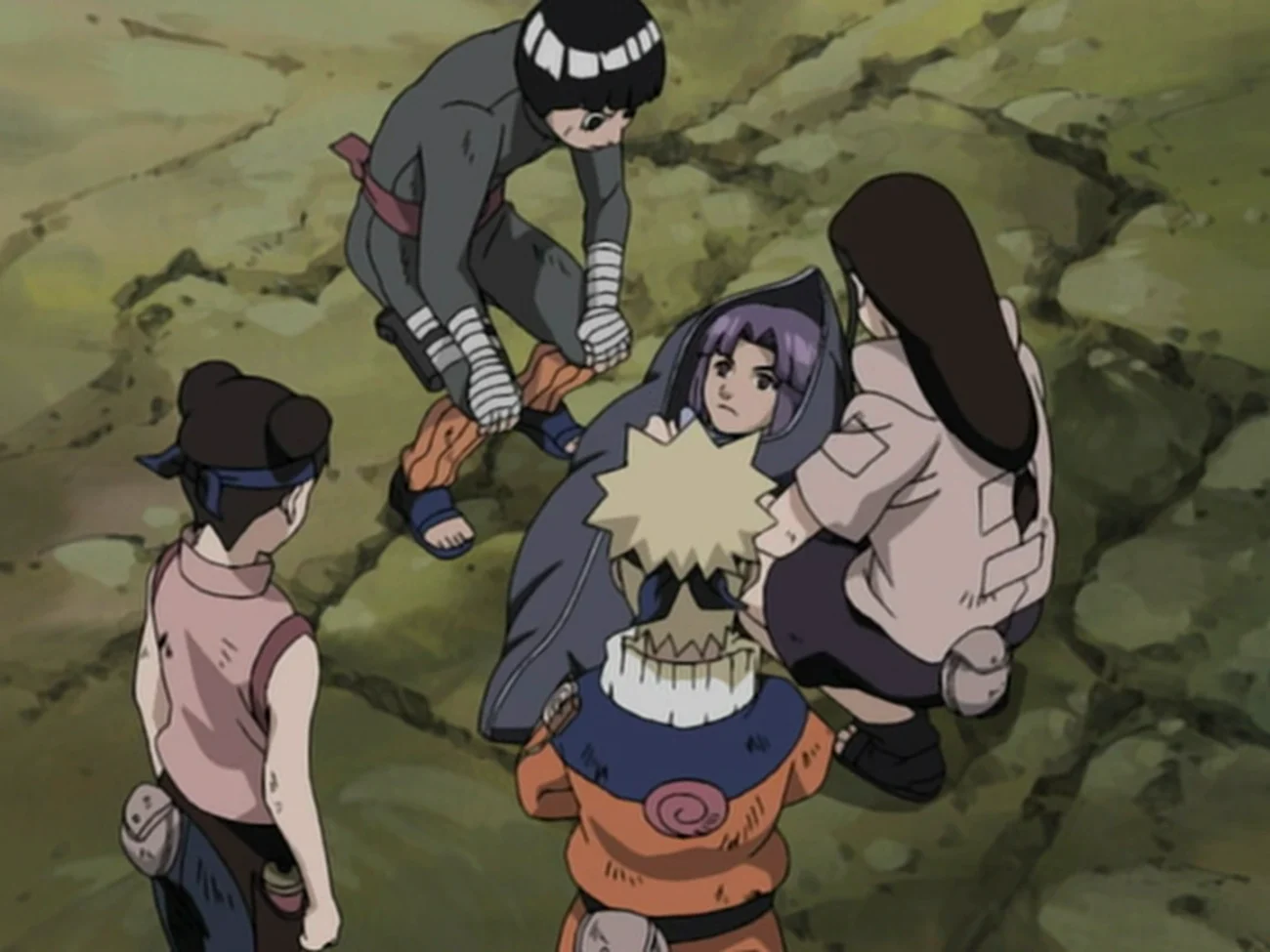
This story arc in ‘Naruto’ (episodes 152-157) features the new Kurosuki family and an original anime character, the swordsman Raiga. Team Guy is the main focus, and Rock Lee gets to use his unique ‘Drunken Fist’ fighting style in several battles. The arc takes place in a rain-soaked village controlled by the Kurosuki family and isn’t part of the original manga storyline. It was created to allow the anime to continue releasing episodes on schedule while waiting to adapt more content from the manga.
‘Naruto’ (2002–2007) – Sea Country Arc
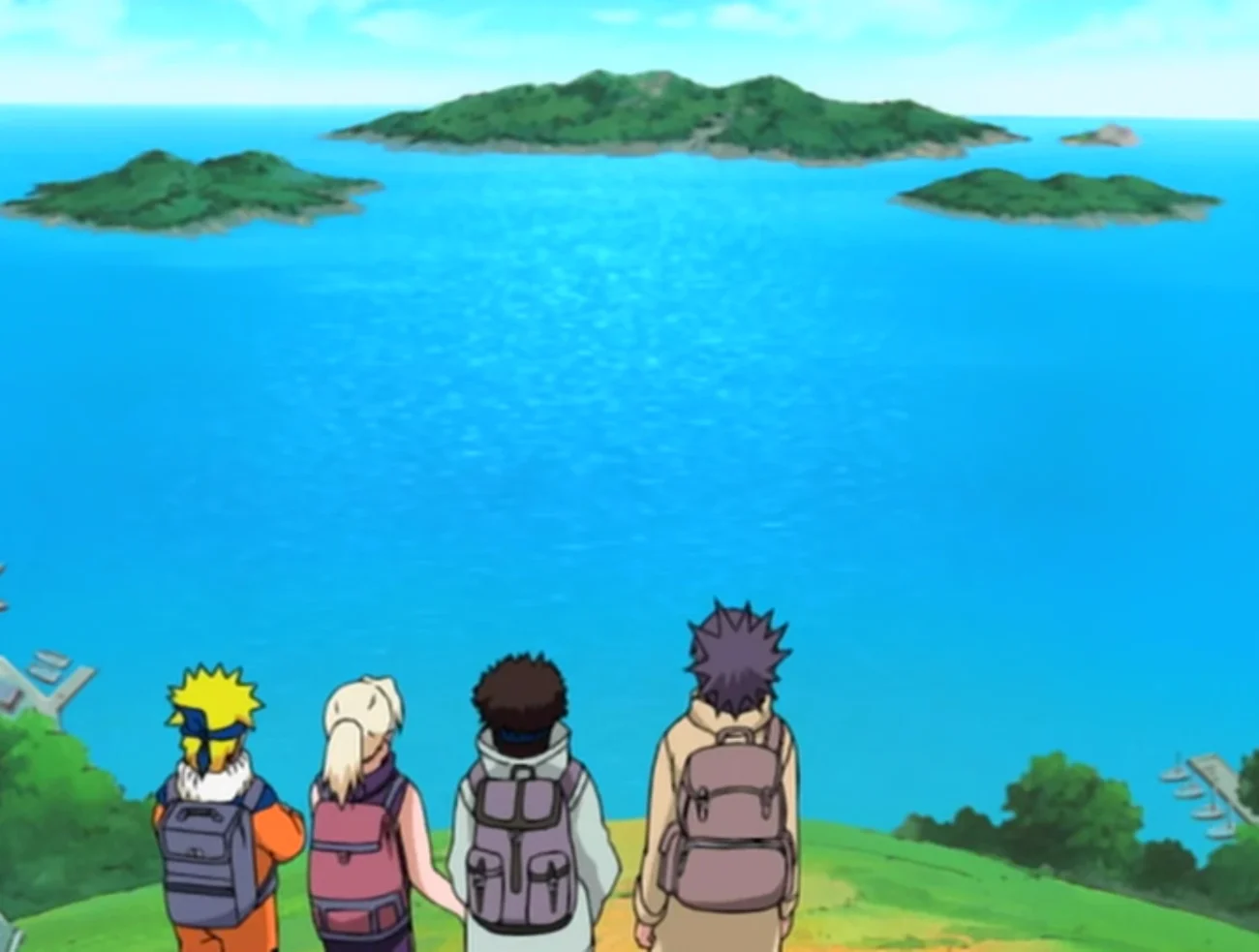
I remember the Sea Country arc from ‘Naruto’ – episodes 169 to 173, if I recall correctly. It took the team to this really remote island nation, and honestly, it was a bit of a weird one! There was this secret research lab and they’d built a completely artificial monster just for the anime. Basically, Naruto and the others had to go undercover and stop whatever destructive plan was brewing there. It was one of those filler arcs that happened towards the end of the original series, and it felt a lot like other self-contained ocean adventures they’d done.
‘Naruto’ (2002–2007) – Menma Memory Search Mission
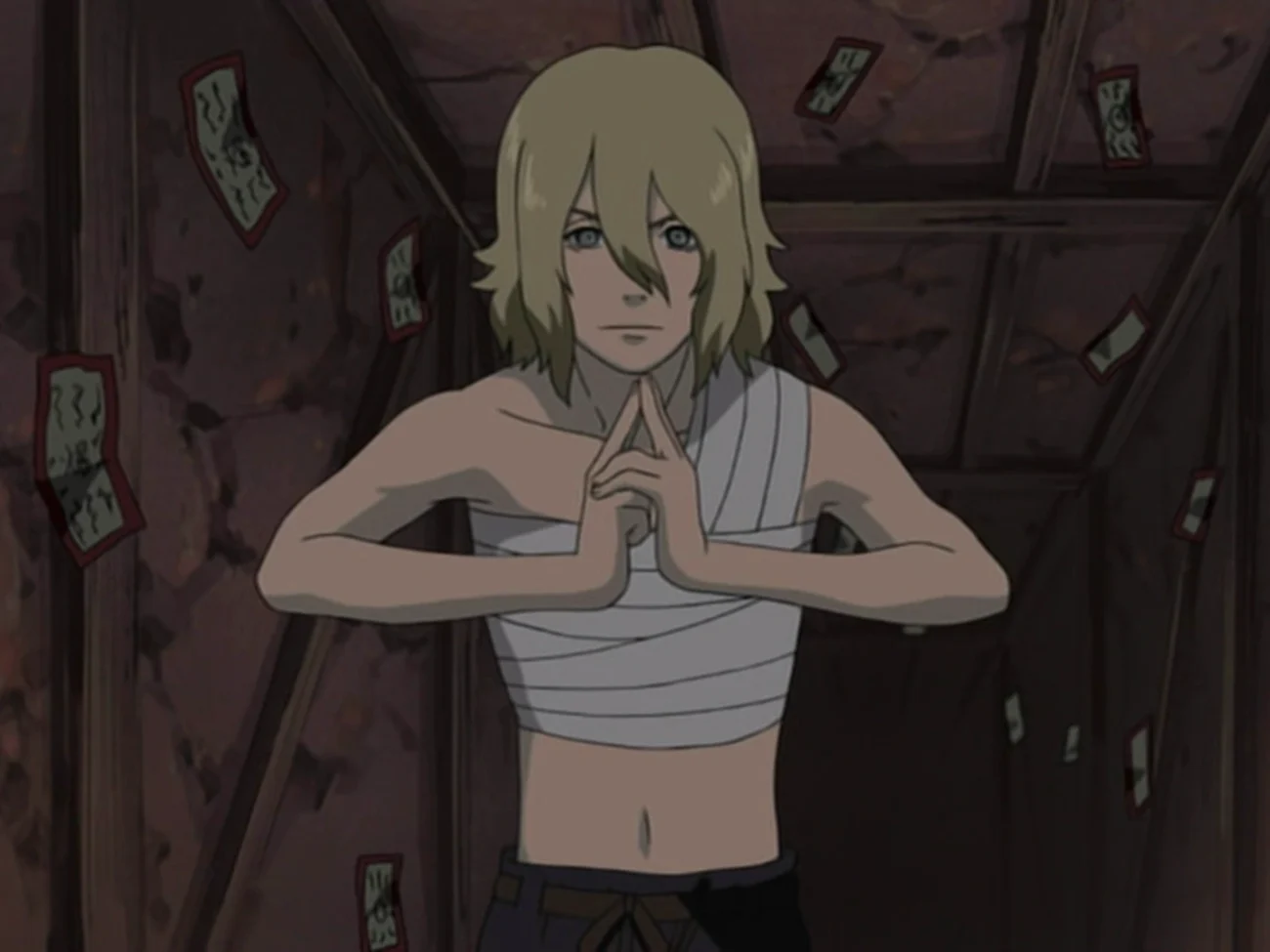
Episodes 213-215 of ‘Naruto’ feature a self-contained story arc where Naruto assists a boy named Menma, who has amnesia, in recovering his memories and dealing with a group of bandits connected to his past. This storyline was created specifically for the anime and provides a complete narrative in just three episodes. It aired towards the end of the original ‘Naruto’ series, serving as one of the last filler arcs before the story jumped forward in time to ‘Naruto: Shippuden’.
‘Naruto: Shippuden’ (2007–2017) – Twelve Guardian Ninja
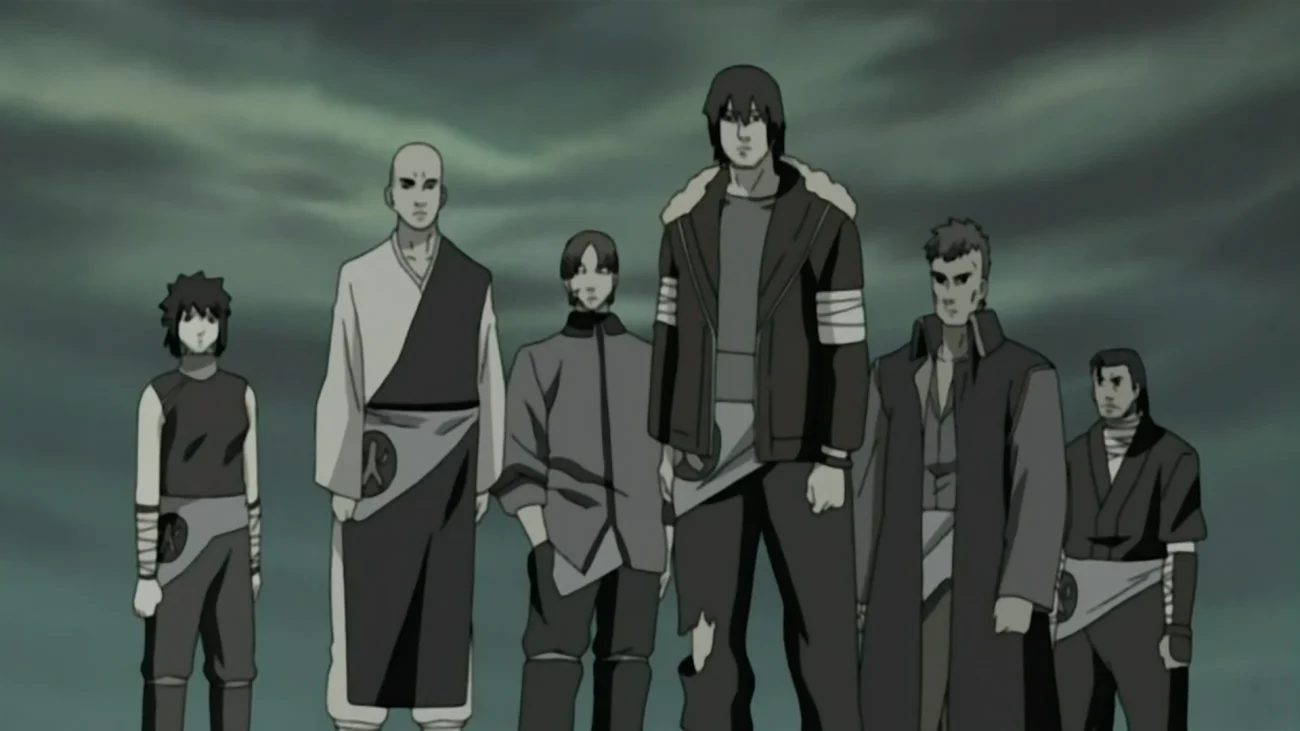
As a big ‘Naruto Shippuden’ fan, I always found episodes 54 through 71 really interesting. This arc introduces the Twelve Guardian Ninja and a cool character named Sora. The storyline revolves around a plot to bring back a seriously powerful being using bits of the Nine-Tails’ chakra – something the anime creators came up with specifically for this part of the story. It aired between the bigger Akatsuki battles, which I think was a smart move to give the adaptation some breathing room. Plus, it takes us to some new locations around the Fire Temple, expanding the world beyond what was happening in the manga at the time.
‘Naruto: Shippuden’ (2007–2017) – Three-Tails’ Appearance

As a big ‘Naruto Shippuden’ fan, I remember this arc – episodes 89 to 112 – really well! It focuses on the powerful Three-Tails beast and a new group of bad guys trying to capture it. What’s interesting is that some of the characters, like Guren with her unique Crystal Release power, were created just for the anime, so it doesn’t follow the manga exactly when it comes to the tailed beasts. It happened during the build-up to the big Fourth Great Ninja War, but it felt like a bit of a side story, with its own challenges and battles. Thankfully, we still got to see some familiar faces from Konoha throughout, which kept things connected to the main story.
‘Naruto: Shippuden’ (2007–2017) – Power (Chikara)
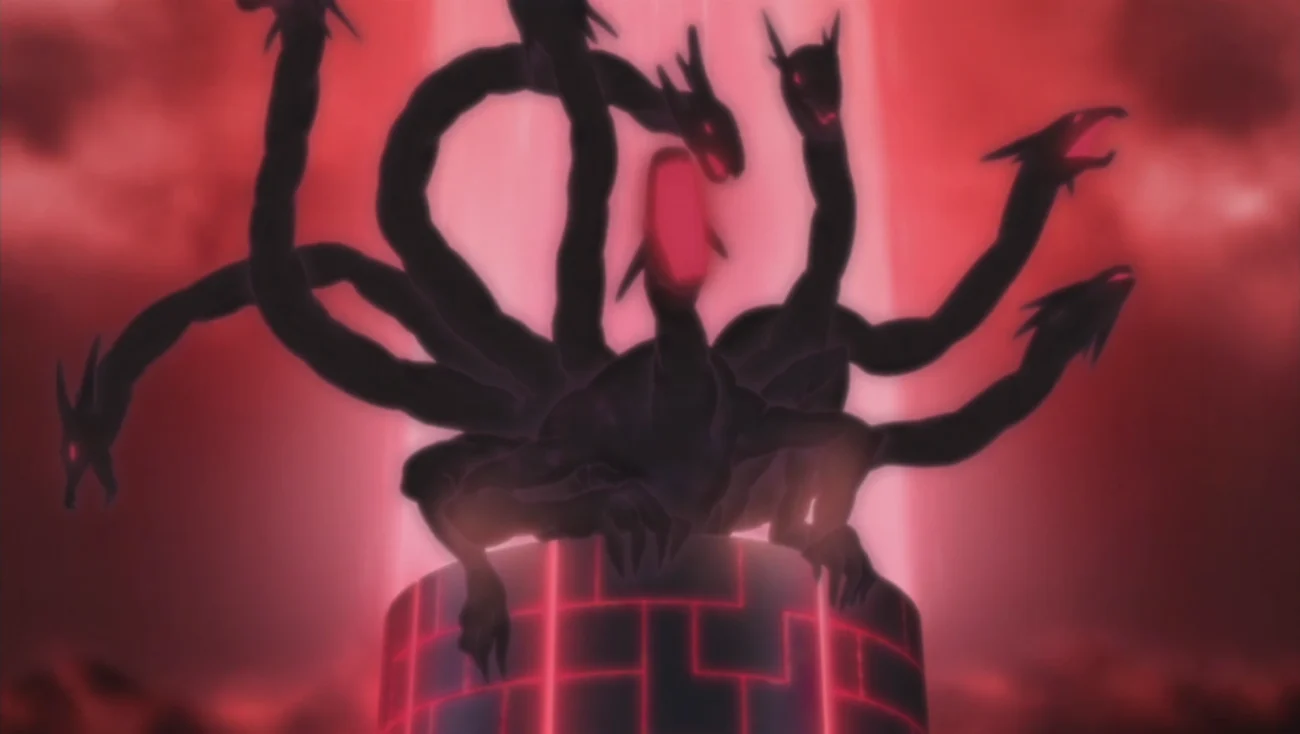
The ‘Power’ arc (also known as ‘Chikara’) is a six-episode story within ‘Naruto: Shippuden’, episodes 290 to 295. It takes place during the war but isn’t part of the original manga storyline. The arc centers around an investigation into many deaths and a secret, unauthorized science project in the Tonika Village area. It features a standalone villain and was presented as a special, movie-like event, airing over six consecutive weeks near the end of the series.
‘Naruto: Shippuden’ (2007–2017) – Paradise Life on a Boat

These anime-only episodes aired during seasons of ‘Naruto: Shippuden’ (around episodes 223-242) while the characters were traveling by sea. They feature separate, self-contained adventures happening on ships and on various islands. This allowed the anime to fill in the travel time without revealing story details that hadn’t appeared in the manga, and it provided a smoother transition into the next major story arc – the war arc.
‘Bleach’ (2004–2012) – Bount Arc

The ‘Bount’ story arc in ‘Bleach’ spans episodes 64 to 109, and is generally divided into two parts: the first conflict with the Bount, and their later attack on Soul Society. The Bount are a new, vampire-like race created specifically for the anime series, and the arc focuses on the battles between them and Ichigo’s friends in both the human world and Soul Society. This storyline was developed to allow the creators time to adapt the ‘Arrancar’ story from the manga. It features many characters, powers, and locations that weren’t part of the original manga.
‘Bleach’ (2004–2012) – The New Captain Shūsuke Amagai

This story arc, episodes 168 to 189 of ‘Bleach’, was created specifically for the anime and isn’t part of the original manga. It focuses on Shūsuke Amagai, a new captain in the 3rd Division, and a plot involving the Kasumiōji family. This arc introduced new characters and a temporary change in leadership, and it aired between parts of the ‘Hueco Mundo’ story to help with the show’s pacing.
‘Bleach’ (2004–2012) – Zanpakutō Unknown Tales

The ‘Lost Substitute’ arc of ‘Bleach’ (episodes 230-265) centers around the spirits within the Soul Reapers’ swords, who stage a revolt in Soul Society. This story arc includes characters and ideas created specifically for the anime, like Muramasa, which allowed for longer fight sequences featuring unique versions of the swords. It aired as the manga was progressing towards the final battles against the Arrancar. The arc also gave several supporting characters a chance to shine through individual battles and focused episodes.
‘Bleach’ (2004–2012) – Gotei 13 Invading Army
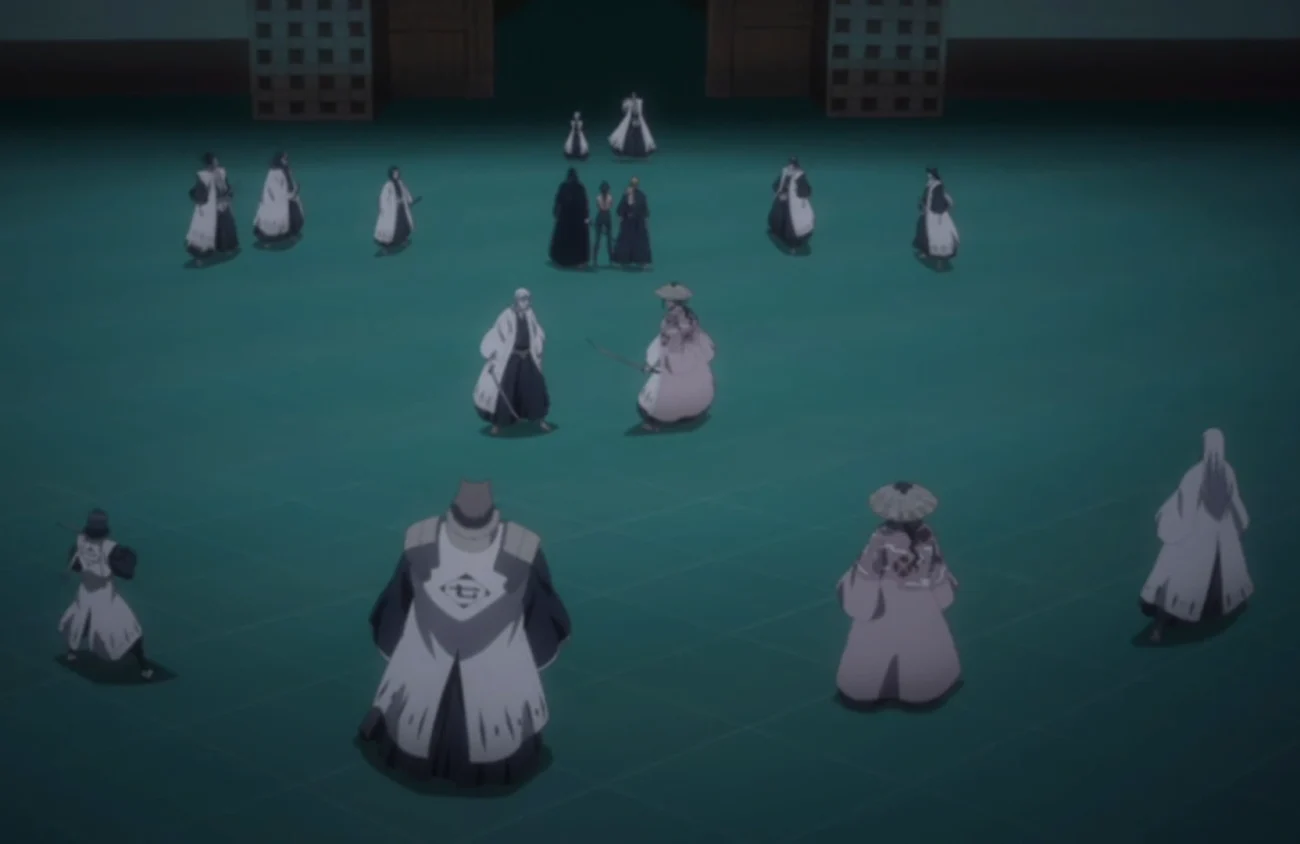
The ‘Gotei 13 Invading Army’ arc (also known as the ‘Reigai’ arc) is episodes 317-342 of the anime ‘Bleach’. It features artificial copies of Soul Reapers called the Reigai, who have powers that mirror those of the original characters. This storyline doesn’t follow the manga and takes place after the biggest events of the Arrancar saga. The arc ends with large battles within the Seireitei, created specifically for the anime.
‘One Piece’ (1999–2025) – Warship Island Arc
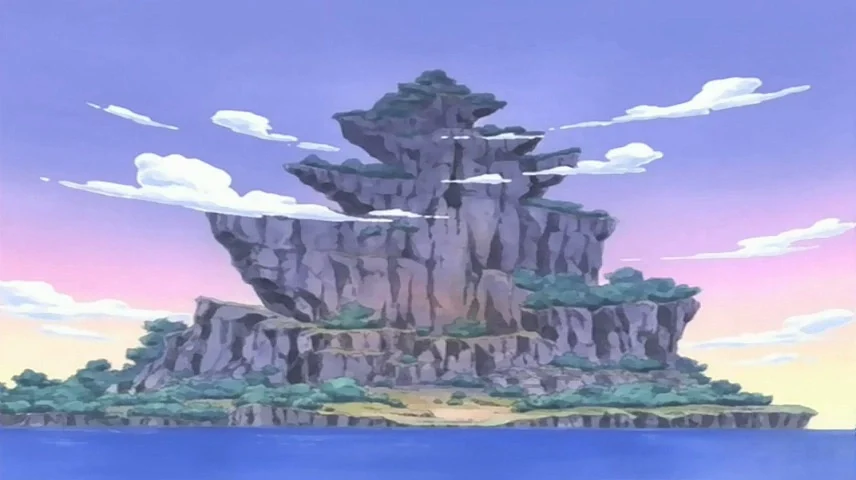
Episodes 54-61 of ‘One Piece’ featured the first completely original, non-story arc. This section followed the end of the East Blue saga and before the Straw Hats began their journey into the Grand Line. It involved the crew protecting a girl named Apis and facing a unique, ancient dragon – both created specifically for the anime. This arc set a trend for the series, introducing self-contained adventures between the main storyline events.
‘One Piece’ (1999–2025) – Ruluka Island (Rainbow Mist) Arc
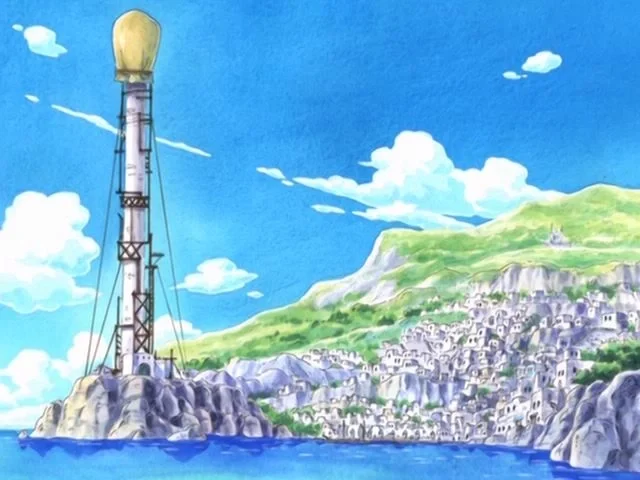
This ‘One Piece’ arc, spanning episodes 131 to 135, is set on Ruluka Island and revolves around a strange phenomenon called the Rainbow Mist, which messes with time. The Straw Hat crew gets involved with the island’s leaders and a group of children who are stuck inside the mist. Airing after the Alabasta adventure, this arc provides a brief break before the storylines involving Jaya and Skypiea. It’s notable for its unique setting and sci-fi elements within the anime.
‘One Piece’ (1999–2025) – G-8 Arc
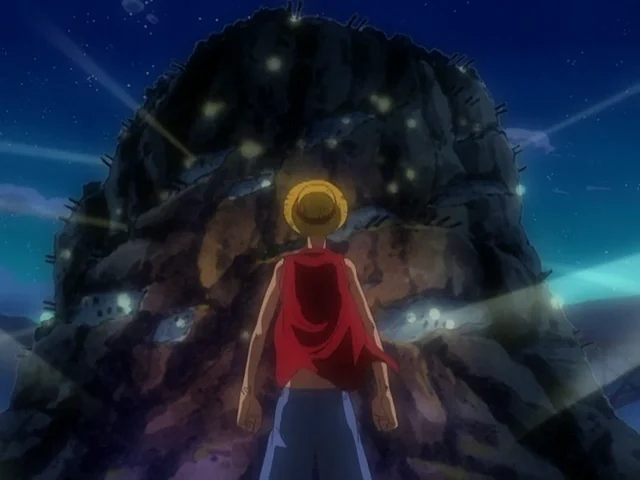
The G-8 arc in ‘One Piece’ (episodes 196-206) traps the Straw Hat crew inside a powerful Marine base after they return from Skypiea. This story was created specifically for the anime and centers around the crew sneaking around, disguising themselves, and trying to escape the base’s complex design. It acts as a bridge between the Skypiea and Long Ring Long Land adventures, and features a group of Marine officers created just for this arc.
‘One Piece’ (1999–2025) – Ocean’s Dream Arc

The Ocean’s Dream Arc is a four-episode story in ‘One Piece’ (episodes 220-224). It’s based on a scenario from a PlayStation game and centers around a seahorse that steals people’s memories, causing problems for the crew. This arc takes place between the Davy Back Fight and the beginning of the Water 7 saga. It was created specifically for the anime as a brief, standalone adventure with an original story and villain.
‘Fairy Tail’ (2009–2019) – Daphne Arc
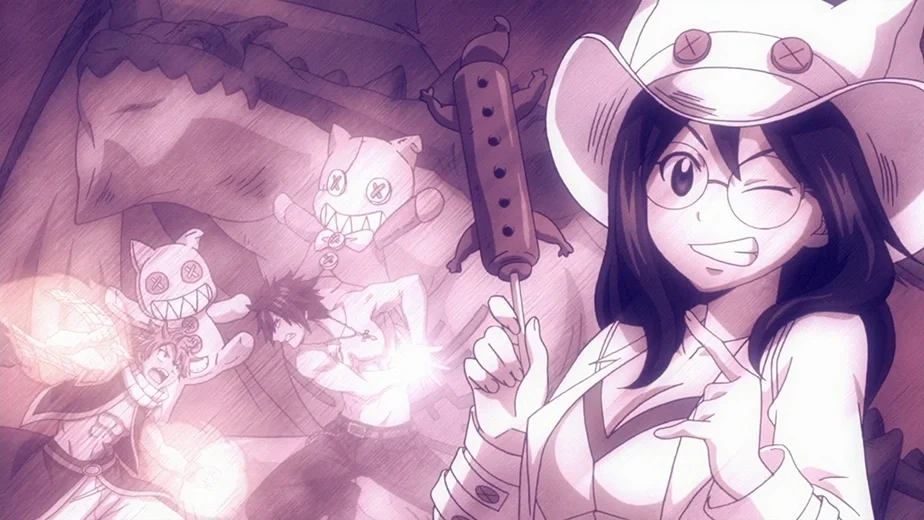
This story arc, episodes 69-75 of ‘Fairy Tail’, isn’t based on the manga. It introduces new characters like Daphne and a unique concept called the “Dragonoid”—mechanical dragons created for the series. The arc centers around a plot unfolding in Magnolia that draws Natsu and the Fairy Tail guild into a large-scale crisis. It offered exciting action sequences between the show’s main story arcs, without following the manga’s plot.
‘Black Clover’ (2017–2021) – Devil Banishers Arc
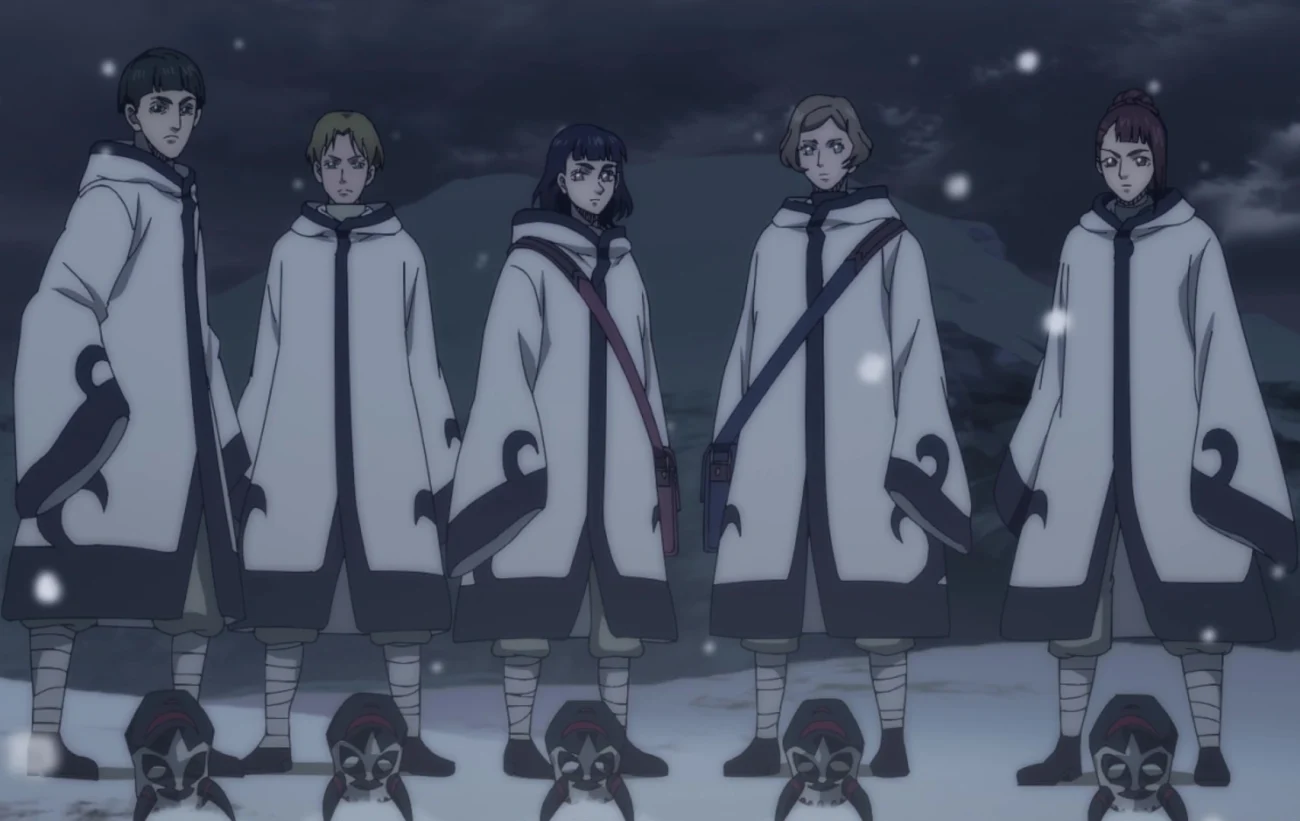
This story arc of ‘Black Clover’ (episodes 133-143) introduces the Devil Banishers, a group created for the anime who hunt people possessed by devils. It continues the political consequences from the previous Elf Reincarnation storyline, with new villains and settings. The arc was created to allow the anime to catch up to the original manga before adapting the next main story. These episodes focus on conflicts between kingdoms and involve chases across different areas.
Share which filler arcs you still skip—and why—in the comments!
Read More
- Robert Kirkman Launching Transformers, G.I. Joe Animated Universe With Adult ‘Energon’ Series
- Avantor’s Chairman Buys $1M Stake: A Dividend Hunter’s Dilemma?
- Ex-Employee Mines Crypto Like a Digital Leprechaun! 😂💻💸
- Gold Rate Forecast
- Сегежа акции прогноз. Цена SGZH
- Top 20 Hilarious Conservative Comedians Ever, Ranked
- Группа Астра акции прогноз. Цена ASTR
- Sadie Sink Spotted on the Set of ‘Spider-Man: Brand New Day’ for the First Time
- Most Famous Jackies in the World
- TIA PREDICTION. TIA cryptocurrency
2025-11-05 09:50